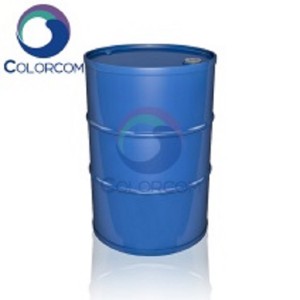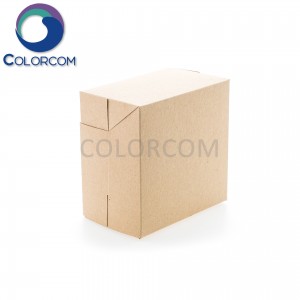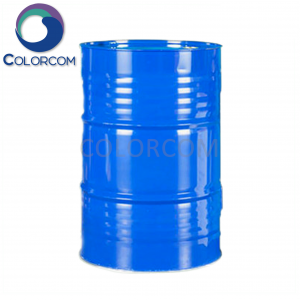n-Heptane | 142-82-5
Product Physical Data:
| Product Name |
n-Heptane |
| Properties |
Colorless, transparent volatile liquid |
| Melting Point(°C) |
-90.5 |
| Boiling Point(°C) |
98.5 |
| Relative density (Water=1) |
0.68 |
| Relative vapour density (air=1) |
3.45 |
| Saturated vapour pressure (kPa) |
6.36(25°C) |
Product Description:
The scientific name of white electric oil is n-heptane, because it has high fat solubility and high volatility, and it has strong decontamination ability, it is often used as a cleaning agent in industry, and it is a widely used chemical in hardware, electronics, printing and shoe-making industries.
Product Application:
1.Used as analytical reagent, gasoline engine burst test standard, chromatographic analysis reference material, solvent. The product can stimulate the respiratory tract, and has anaesthetic effect in high concentration. It is flammable, the limit concentration of forming explosive mixture in air is 1.0-6.0% (v/v).
2.It can be used as extraction solvent for animal and plant oils and fats, fast-drying rubber cement. Solvent for rubber industry. It is also used as cleaning solvent in paint, varnish, quick-drying ink and printing industry. Pure product is used as the standard fuel for determining the octane number of petrol.
3.Used as a standard and solvent for octane number determination, as well as for organic synthesis and preparation of experimental reagents.
Product Storage Notes:
1.Store in a cool, ventilated warehouse.
2.Keep away from fire and heat source.
3.The storage temperature should not exceed 37°C.
4.Keep the container sealed.
5.It should be stored separately from oxidising agents, and should never be mixed.
6.Use explosion-proof lighting and ventilation facilities.
7.Prohibit the use of mechanical equipment and tools that are easy to generate sparks.
8.The storage area should be equipped with leakage emergency treatment equipment and suitable shelter materials.









